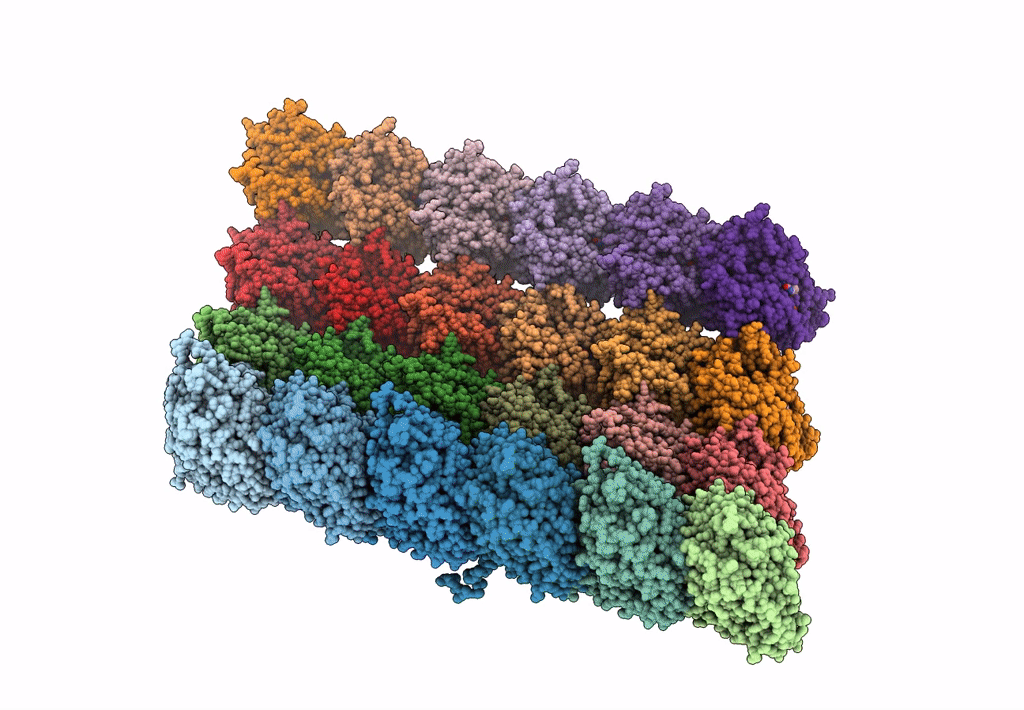
Deposition Date
2021-05-31
Release Date
2021-09-29
Last Version Date
2024-05-29
Entry Detail
PDB ID:
7N32
Keywords:
Title:
protofilaments of microtubule doublets bound to outer-arm dynein
Biological Source:
Source Organism:
Tetrahymena thermophila (Taxon ID: 5911)
Method Details:
Experimental Method:
Resolution:
4.50 Å
Aggregation State:
FILAMENT
Reconstruction Method:
SINGLE PARTICLE


